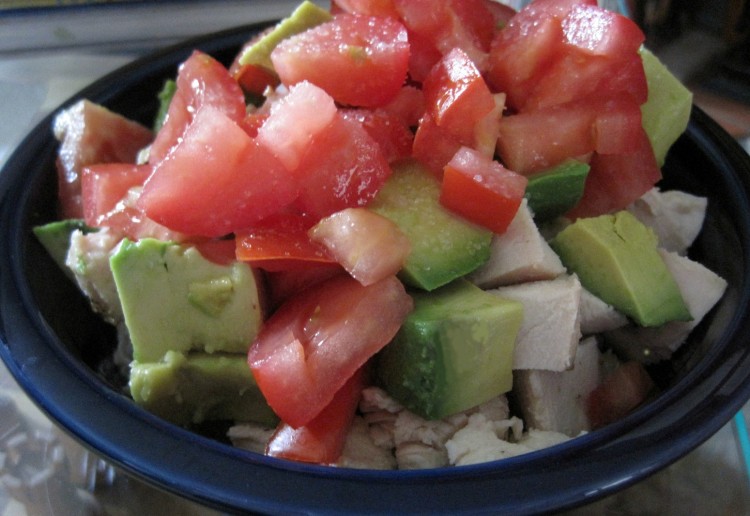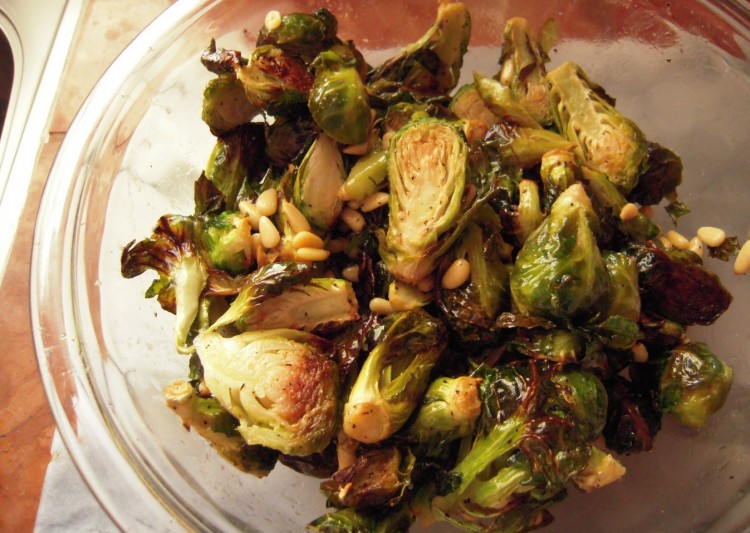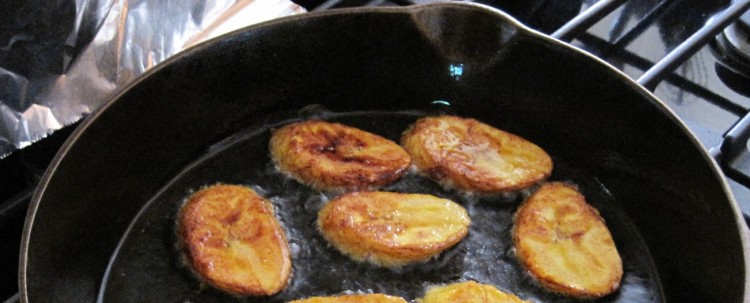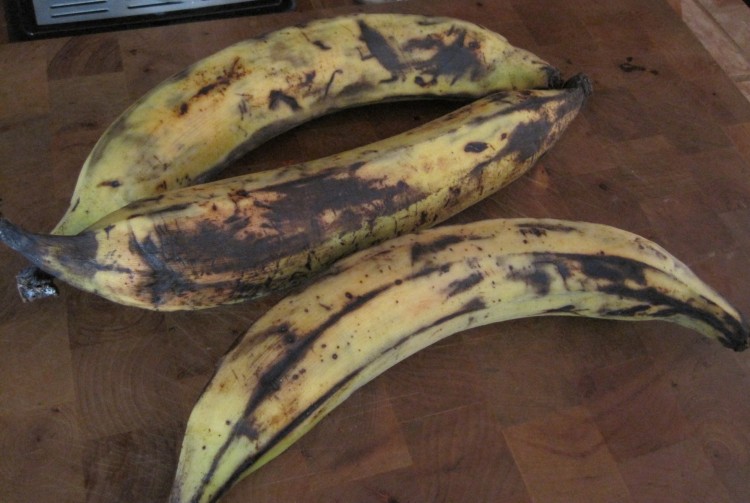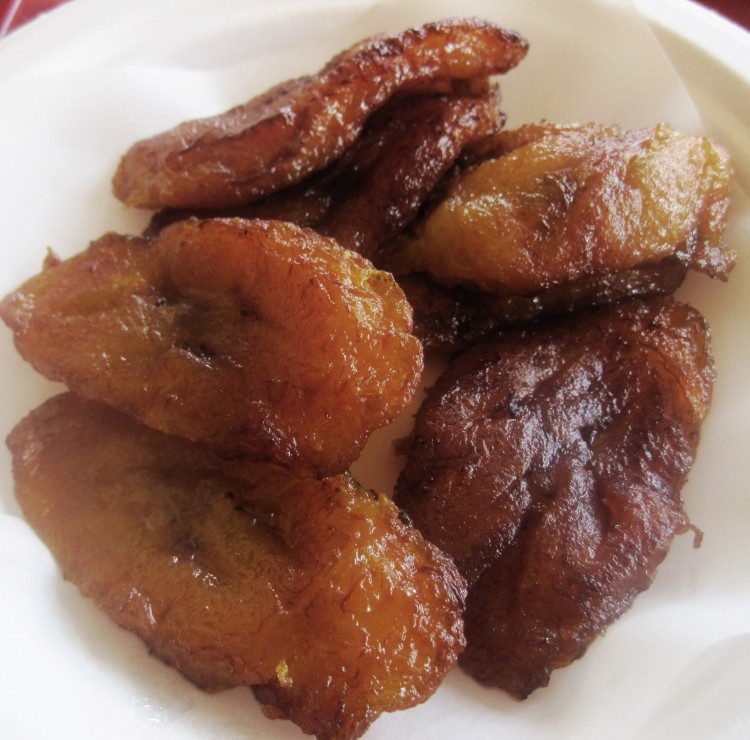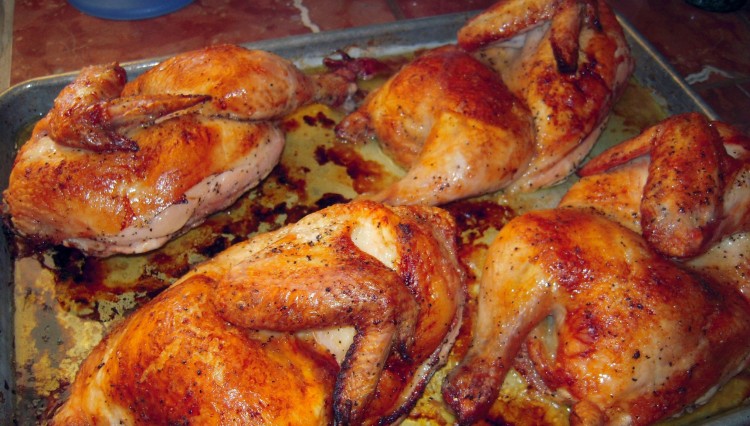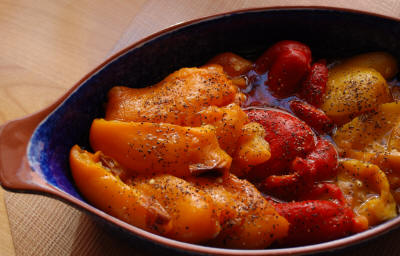
Hurray for June! It’s now bell pepper season in Cali, and I can turn out roasted peppers to my heart’s content!
Roasted peppers are delicious and cut a lovely appearance. If you stick to a recipe that’s basic, leftovers are versatile.
There are a couple of ways to go here, depending upon how much time you have and what you want to do with them.
First, red and orange bell peppers are generally sweeter than the yellow, but it’s nice to have that extra color on the plate. You’re free to include regular old green ones, but these have bitter notes, so I leave them off.
Try to get peppers that have been allowed to ripen on the plant, because they’ll be sweeter – more caramelization in the roasting process, you see. This is why it’s great to buy at stellar produce shops like Berkeley Bowl and Monterey Market. If you ask them this kind of thing, they’ll know.
Roasted Tri-color Peppers with Olive Oil and Black Pepper
2 red, 2 yellow and 2 orange organic bell peppers, washed and dried well
Olive oil
Sea salt and black pepper in grinders
Optional: Shaved or grated Parmesano Reggiano
1). Jack up your oven to 425 F. – convection, if you have it.
2). Place peppers on a sheet pan and slide into oven.
3). Using long tongs, turn them over now and again (like every few minutes) so they darken and cook evenly.
4). When they are nice and brown/black — and they don’t need to be a solid brown/black, rather they should have lots of spots that are evenly distributed — take them out with tongs ASAP and pop into a couple of large Ziploc bags and seal them. You are harnessing moist heat here to cause the skins to pull away from the flesh. Put the bags in bowls in case the heat causes them to break, which happens, so that you catch the natural juices. You’ll need the juices later.
5). After about an hour, take out the peppers, one by one, and slip the skins (which should be loose) off. Pull the stems off and gently tear the pepper to open it and push out the seeds with your fingers. Don’t rinse them, rather use your fingers to get all the “bad” things off.
6). Cut or tear them into large strips and arrange on a plate.
7). Pour the pepper juices over the top.*
8). Crank a little sea salt and coarse black pepper over peppers.
9). Finish with a drizzle of excellent olive oil and some Parmesano Reggiano, if you like, but they are delectable without it.
*If you prefer, you can make a vinaigrette out of the pepper juices, olive oil and a little lemon juice, and top peppers with this
Leftovers (without the parmesan) can be served on a sandwich, like my famous egg, roasted red pepper, roasted potato and turkey breast on toasted whole grain bread. You can also use them as a base for a pureed hot or cold soup, and in a ground walnut and red pepper spread, called muhammara. Another fun thing to make with them is a terrine, layering the colors. There are endless uses, and they will be about a million times better than what you get in a jar or can.
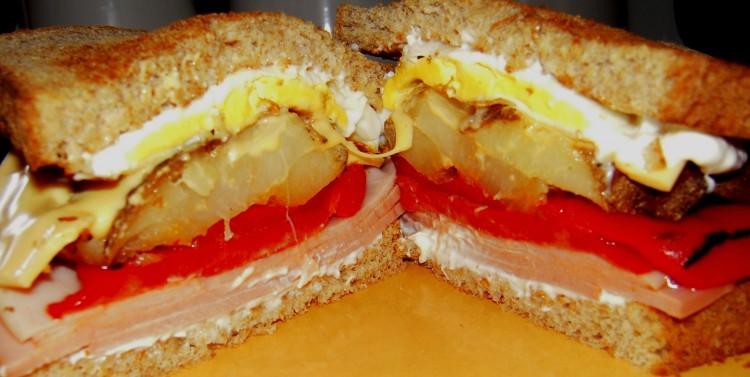
If you have no time on your hands, you can make a simple roasted pepper. Just wash, dry, seed, and cut up. Arrange on a sheet pan and rub with a little olive oil to coat. Add a dash of salt to the mix if you like, and roast at 400 F. until they get a bit singed. Take them out and transfer to a serving dish.
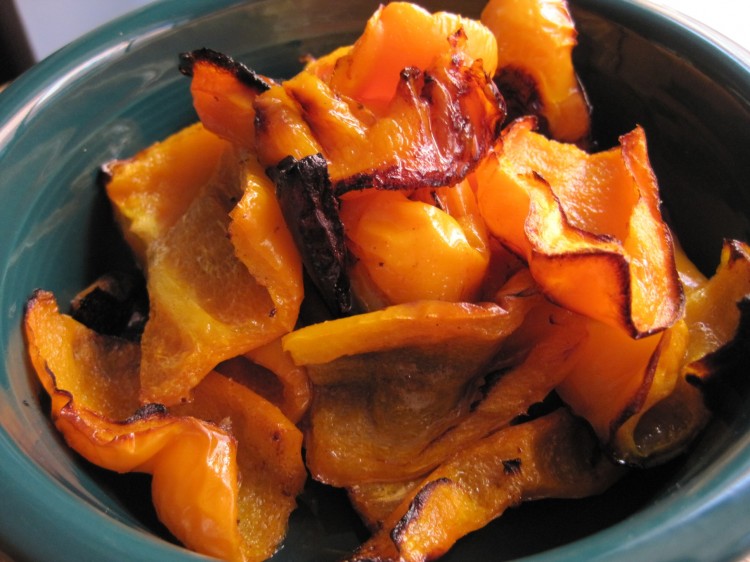
This version is tasty, but they still have their skins, so you’ll have to take that into consideration.

